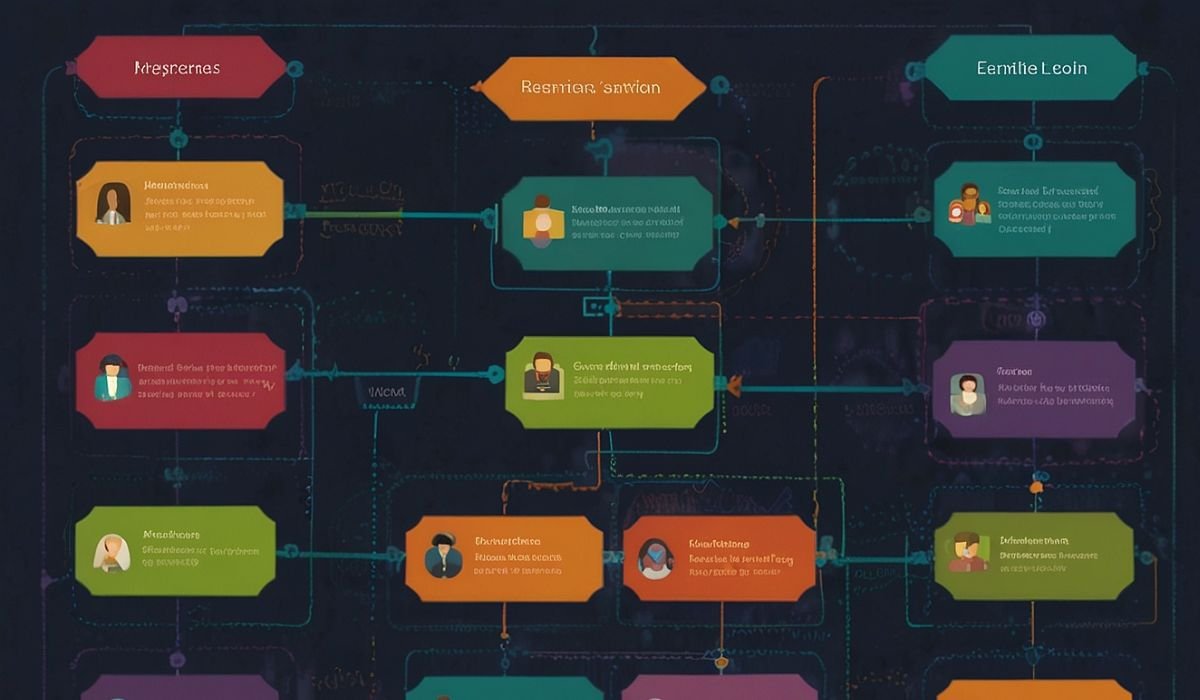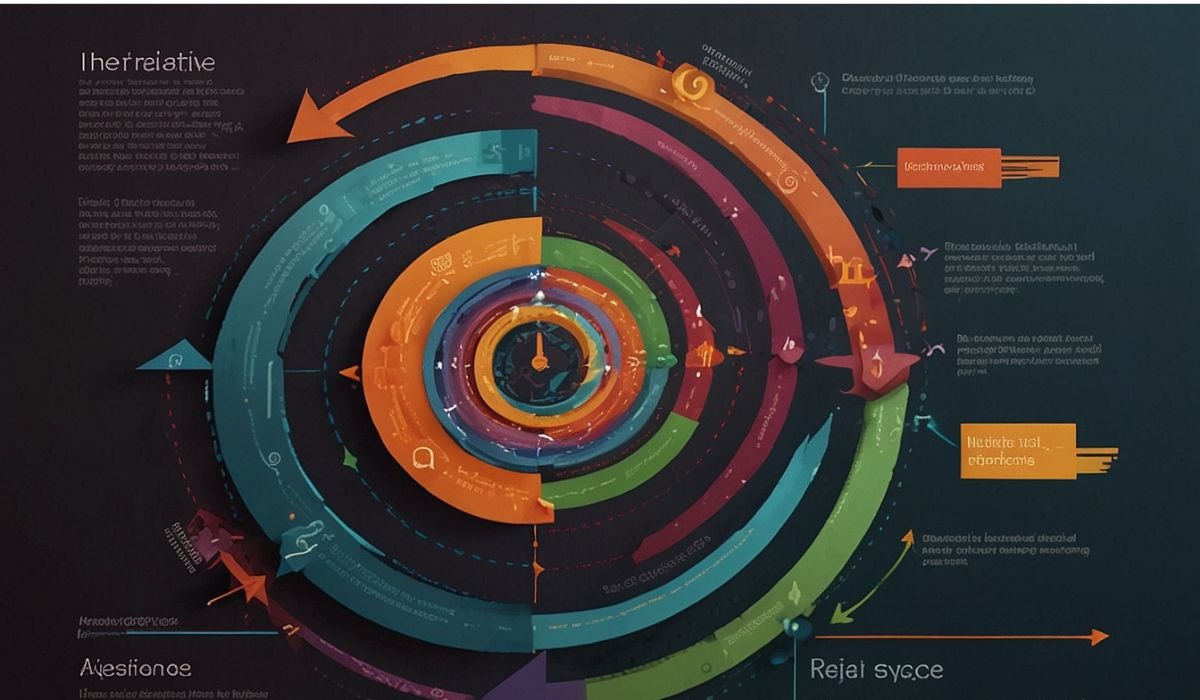In the fast-moving software development environment, quality assurance (QA) has grown more challenging than ever. As developers embrace agile methodologies, DevOps practices, and continuous delivery models, more is required in the quick and vibrant agile environment of software delivery. Advanced and sophisticated testing methods are on the rise. Consequently, QA teams, developers, and testers who are both planning, managing, and documenting testing initiatives while working with users are particularly reliant on test management tools.
The development of artificial intelligence, automation, and cloud-enabled solutions has powered the emergence of test management tools in 2025. The most recent testing technologies can handle test cases, identify defects, link into CI/CD pipelines, provide predictive analysis at a team level, and help worldwide teams. Finding the right solution can help streamline QA workflows, increase coverage, and supercharge the software delivery speed.
In this article, we will discuss the best test management tools to enhance QA in 2025, with emphasis on systems impacting teams in today’s software testing challenges. Teams before this were either using spreadsheets or separate software to manage their test cases. Today’s tools combine a virtual integrated testing environment by smoothly combining with CI/CD pipelines, automation platforms, and project management systems. Ultimately leading to better test coverage and, significantly, quicker identification and correction of issues.
An Overview of Test Management Tools
Test Management tools are unique software programs that support and coordinate the entire testing process. QA teams are provided with a single source of truth for planning, designing, executing, and tracking test case status with a test management tool. This helps in ensuring the tests are aligned with the project needs and user requirements. In addition to conducting testing, test management tools provide defect tracking, reporting, and collaboration functionalities that can provide better insight and control of complicated testing programs.
In AI-enabled situations, test management tools resolve issues such as predictive analytics, automated test case generation, CI/CD pipelines, and automation framework compatibility, all of which facilitate speed while maintaining quality. Test management tools provide enterprise flexibility through scalability, real-time dashboards, and improved collaboration across remote teams. In essence, test management tools are critical components for a sound quality strategy in today’s fast-changing digital world.
Benefits of Using Test Management Tools for QA Teams
The modern software development environment requires QA teams to be effective and efficient, and have capabilities that exceed manual processes. Test management tools give the developers visibility and automation to more effectively coordinate testing efforts. Some of the benefits include:
Centralized Test Repository: When a test management solution collects, organizes, and stores all test results, test cases, and test data in stores in one location. It brings certain consistency to it, eliminates duplicate work, and allows the team to get the information quickly.
Enhanced Test Coverage: This traceability among those tools ensures that there is a test scenario mapped for each user requirement. It gives better overall test coverage and lowers the potential for missed significant events.
Data-Driven Decision Making: Test management software offers coherent reporting and dashboards of metrics to visually spot important indicators such as pass/fail ratios, defect density, and execution trends. Through this, strategic decisions are taken by informed QA leaders.
Scalability for Distributed Teams: Cloud-based test management solutions offer better collaboration for global teams, allow for increased ease of sharing updates, and scale testing resources without being limited by location.
Reduced Time and Costs: Test management tools improve processes, improve test case reusability, and allow for automation, which greatly reduces manual effort and very much helps lower time and operational costs
Best Test Management Tools to Streamline QA in 2025
Test management solution developers seek features such as integration options, scalability, automation support, and a user-friendly interface to ensure the solution meets the team’s requirements. Among the best tools helping them to more easily manage QA in 2025 are:
LambdaTest: LambdaTest’s AI-Native Test Manager is a comprehensive platform designed to streamline the entire software testing lifecycle—from test creation to execution and reporting. It centralizes both manual and automated testing efforts, allowing teams to manage test cases, generate test plans, and execute them seamlessly.
A standout feature is its AI-powered test case generator, which can transform various input formats such as spreadsheets, Jira tickets, PDFs, images, audio, and videos into structured, contextual test cases. This capability significantly reduces manual documentation efforts and enhances test coverage, ensuring that testing processes are both efficient and scalable.
Beyond test creation, the platform offers robust features for managing test execution and tracking outcomes. Teams can organize their testing activities within projects, monitor build histories, and assign statuses to test cases, providing clear visibility into the testing process.
The integration with tools like Jira and Azure DevOps ensures real-time synchronization, enabling teams to manage test cases and executions directly within their existing workflows. Additionally, the platform supports exploratory testing with guided steps and evidence capture, further enhancing test coverage and traceability.
Testing with AI, utilizing LambdaTest teams can automatically prioritize test cases and predict failure points and self-heal flaky tests for faster and more precise results. To enable QA heads more visibility into the release’s readiness, the platform also has a real-time reporting and analytics dashboard. Cross-browser, cross-device testing at scale is also made possible by LambdaTest, as it makes it easy to conduct live sessions and automated tests using different frameworks.
As software release cycles speed up in 2025, the ideal test management systems are those that combine scalability, intelligence, and simplicity of integration. With insights from AI and cloud-first architecture, LambdaTest enables developers to bring applications to market faster and more confidently, maximizing their QA operations and minimizing their costs.
Virtuoso: Built to simplify quality assurance (QA) processes utilizing advanced AI. This tool allows teams to build tests in everyday English without any coding knowledge, accelerating each test quickly. Virtuoso lowers flakiness and improves stability by including self-healing tests, predictive maintenance, and visual UI testing. Moreover, it interfaces with common DevOps pipelines to allow for continuous testing across devices and browsers.
QA teams in 2025 will find Virtuoso exceptionally unique since it offers a no-code approach along with enterprise scale. The objective is to support agile and DevOps needs, offer real-time dashboards, and collaborate with dispersed teams. By automating regression testing and offloading manual processes, Virtuoso lets developers supply quicker while keeping up quality.
ACCLEQ: ACCLEQ is cloud-first test automation and management software that makes the entire QA process codeless and AI-powered to be integrable with other DevOps environments. ACCELQ is capable of executing API and UI testing simultaneously in a seamless workflow, making it an industry-leading solution for users adopting continuous testing. Executive and intelligent reporting and analytics give teams visibility into quality metrics and allow them to describe testing activity in terms of user goals.
ACCELQ is becoming a trending solution in 2025 because of its scalability and ease of onboarding. Teams are utilizing its test design in natural language, cross-platform execution, and auto-healing. It is an excellent solution for quality assurance (QA) teams working in agile and DevOps environments because it reduces maintenance overhead, speeds up automation, and speeds up delivery timelines.
In 2025, TestCraft is still a solid option for QA teams requiring speed in automation without much coding. Testing workflows are simplified through visual test modeling, real-time debugging capabilities, and collaborative design. Enterprise offerings that marry no-code simplicity with robustness for automation facilitate speed of release without sacrificing software reliability.
PractiTest: Providing visibility and traceability across the QA lifecycle, PractiTest is a complete test management system. Teams can handle test cases, requirements, and flaws in one spot. QA managers can efficiently monitor testing progress, gaps, and provide well-informed choices. fast with real-time reporting and packed dashboards. PractiTest offers natural integration with Jira, CI/CD pipelines, and automation frameworks to improve collaboration.
In 2025, PractiTest stands for being scalable, allowing for role-based access control, which sets it apart for use by distributed teams. Its traceability matrix offers a mechanism to trace requirements to tests with full coverage. Combining an API-friendly feature with easy automation cuts down on effort. PractiTest thus becomes an essential tool for the user who, in turn, wants more control and visibility over their QA processing.
Testuff: Testuff is a cloud-based test management tool that supports both automated and manual testing end-to-end. It allows teams to create test cases, execute tests, and notify defect issues to teams. Testuff integrates with popular defect trackers, CI/CD tools, and automation frameworks to facilitate information transfer between teams.
If QA teams are looking for flexibility, Testuff is still a good option for 2025. Unlimited storage, video recording of test execution, and a robust integration capability help organizations scale testing efforts. With a simplified user interface and robust analytics that enable teams to act, users can concentrate on quality and be less burdened with the operations of running test efforts.
Tips for Implementing Test Management Tools to Streamline QA in 2025
Improving QA in AI-driven environments extends beyond just utilizing advanced test management tools. A systematic approach that incorporates smart automation, collaboration, and process improvement must be established to scale effectively. Strong best practices enable developers to take advantage of tools’ functionality while keeping high QA levels for advanced projects.
Define Clear QA Goals and Metrics: Define clear test performance, test quality, and test coverage objectives. Track release readiness, test performance, and defect identification using key performance indicators.
Choose the Right Test Management Tool: Select tools with AI-enabled automated capabilities, size-fit for the team, and integrate into tester CI/CD pipelines.
Leverage Automation Strategically: Always maintain human critical discovery and edge-case testing. Automate high-volume repetitive test cases. AI-led automation can lower maintenance and boost test coverage.
Ensure Cross-Functional Collaboration: Have testers, quality assurance individuals, and developers work together to obtain consensus on requirements, test plans, and outcomes.
Centralise Test Artifacts and Documentation: Collect and put in one repository all the results, scripts, plans, and test cases. This ensures visibility, traceability, and auditability of all projects.
Conclusion
In conclusion, while maintaining faster software delivery cycles and increased user expectations, QA teams require solid, intelligent solutions to enhance testing. The greatest tools for test management in 2025 will provide centralized test case management, simple integration into their CI/CD pipelines, and both manual and automated testing support. AI-focused tools that utilize testing run time, potential failures, and manage costs to achieve faster and more stable releases.
Using AI-focused tools enables developers to work more efficiently in distributed teams, increase testing coverage, and derive learning through reporting and real-time analytics. Adopting a scalable, intelligent management test platform ensures QA processes can remain agile, adaptively efficient, and aligned with the goals of the users, so that software is of higher quality and appears more quickly.
You May Also Like: MySDMC SSO: Your All-in-One Key to a Smoother School Day










